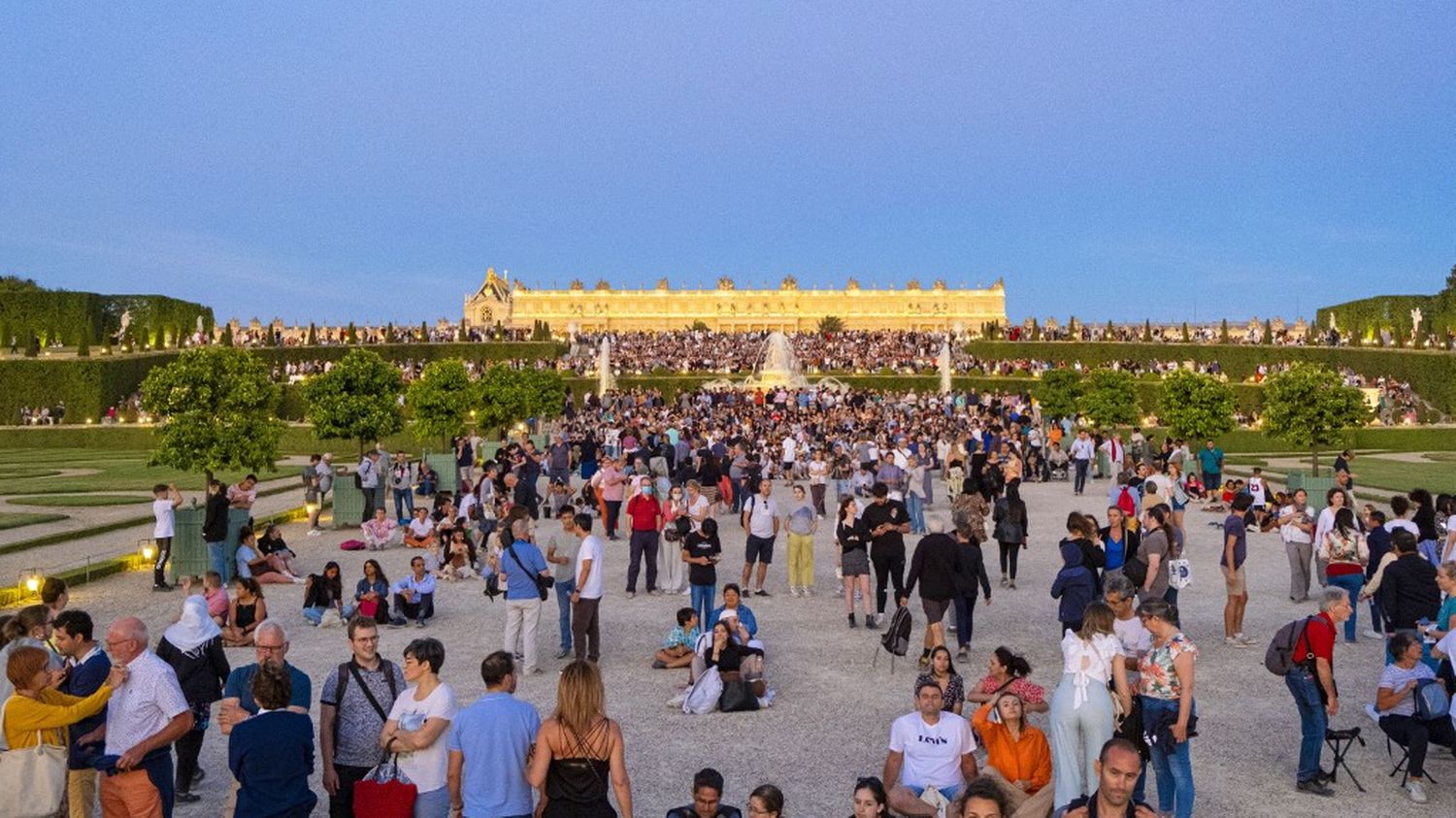In order to avoid an excessive influx of visitors, which threatens the preservation of these places, the executive presents a plan to better analyze tourist data, raise awareness among tourists and involve local actors.
Calanques of Marseilles, Mont Saint Michelcliffs of Etretat, Beauval Zoo… Every year, thousands of tourists flock to these iconic destinations. To combat this influx of visitors, the government presented, on Sunday June 18, a plan aimed at controlling tourist flows and peaks in attendance which overload certain French sites at certain times of the year.
The executive wants in particular to create “a national observatory of major tourist sites” to identify and centralize information and indicators in order to facilitate “flow analysis work”, explained the Minister Delegate for Trade, Olivia Grégoire, in an interview with Figaro. Franceinfo summarizes what this plan contains.
Collect data on the most visited places
“France is the first tourist destination in the world, but we are sorely lacking in data”, notes Olivia Grégoire. If she refutes the term “overtourism”, she evokes a problem “cyclical” : “IThese are peaks in traffic at specific times and in specific places. These peaks in attendance concern cities, monuments, events and natural sites “where the influx of tourists sometimes poses a threat to the very preservation of these destinations”, assures Olivia Grégoire. The Palace of Versailles, the Calanques of Marseille, the cliffs of Etretat or the Mont-Saint-Michel, assailed by visitors on the Friday of the Ascension weekend, are examples.
According to the World Tourism Organization, 95% of world tourists visit less than 5% of land, including France. “In France, 80% of tourist activity is concentrated on 20% of our territory”details the minister.
However, it is difficult to precisely map the sites that suffer from too much traffic. The government therefore wants to put in place a national observatory of major tourist sites “to create an information base and shared indicators that will facilitate the work of analyzing flows”. The executive will also release aid to the territories “to beef up their engineering” in order to facilitate the analysis of the data and to exploit them.
Educate tourists
To better regulate the influx of visitors, the government wants launch a national communication campaign in March 2024 “to make foreign and French customers aware of the challenges of a better distribution of tourist flows and practices”, reveals Olivia Grégoire. This campaign, which will cost one million euros, will go, according to Le Monde, “beyond actions to promote ‘four seasons’ tourism, alternative circuits, off the beaten track”.
“No one has an interest in these peaks in attendance, which prevent visitors from getting away from it all. They benefit no one: neither the inhabitants, nor the tourists, nor the environment, nor the traders, nor the artisans.”
Olivia Grégoire, Minister Delegate for Tradeat Figaro
The government wants to call on influencers in particular “so that they participate in raising awareness of the impacts of tourist overcrowding and that they promote the promotion of certain lesser-known tourist destinations”she says.
A platform of good practices and regulations in terms of flow management will also be created. by the end of 2023 by a working group made up of players from various backgrounds (institutions, researchers, professional federations) to define the notions of “overtourism”, “overcrowding” and “peak attendance” in order to allow better understanding of the phenomenon.
Cooperate with local actors
The state will co-finance “concrete flow management tools and thus mobilize more than 2 million euros to support more than thirty of the most frequented sites and territories”, reveals Olivia Grégoire. A call for projects will be launched at the end of 2023. But “It’s not up to the state to regulate everything from above”, says the Minister Delegate. “There is no competence as shared as tourism, between the State, the regions, the departments and the municipalities”, she justifies. The government’s plan therefore plans to associate the departments and the municipalities. A working group with tourist offices will be created to better integrate the expectations of local populations into tourism policies.
The government wants to develop tourist circuits with the regions, to avoid an abundant local supply and therefore “illegible”according to the Minister Delegate. “We want to offer, by the 2024 Olympic Games, around forty ‘French Tours’ (three per region) which will provide tourists with alternative circuits”, she explains. Finally, the government does not refrain from resorting to coercive measures in certain cases, even if “it is up to the municipalities concerned to make the decision”assures Olivia Grégoire.
“It is not a question of making them inaccessible to tourists, but of limiting access to them at certain times and only when necessary.”
Olivia Grégoire, Minister Delegate for Tradeat the “Figaro”
However, measures of this type already exist: the metropolis of For example, Toulon limits access to the islands of the Port-Cros park to 6,000 visitors per day, Marseille restricts access to the Calanque de Sugiton with a reservation system and a capacity of 400 people per day and, in the Côtes -d’Armor, access to the island of Bréhat will be limited to 4,700 people daily between July 14 and August 25 this summer.
